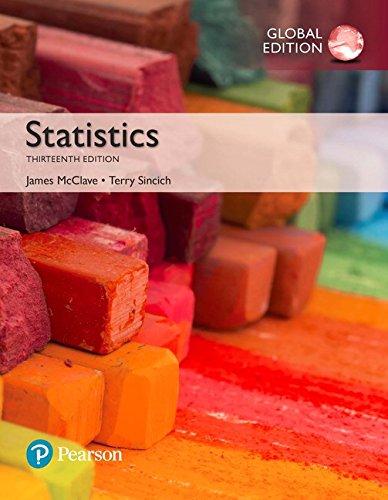Suppose an educational television station in a state that has not legalized marijuana has broadcast a series
Question:
Suppose an educational television station in a state that has not legalized marijuana has broadcast a series of programs on the physiological and psychological effects of smoking marijuana. Now that the series is finished, the station wants to see whether the citizens within the viewing area have changed their minds about how the possession of marijuana should be considered legally. Before the series was shown, it was determined that 7% of the citizens favored legalization, 18% favored decriminalization, 65% favored the existing law (an offender could be fined or imprisoned), and 10% had no opinion.
A summary of the opinions (after the series was shown) of a random sample of 500 people in the viewing area is given in Table 13.2. Test at the a = .01 level to see whether these data indicate that the distribution of opinions differs significantly from the proportions that existed before the educational series was aired.
Table 13.2 Distribution of opinions about Marijuana Possession Legalization Decriminalization Existing Laws No Opinion 39 99 336 26
Step by Step Answer:






